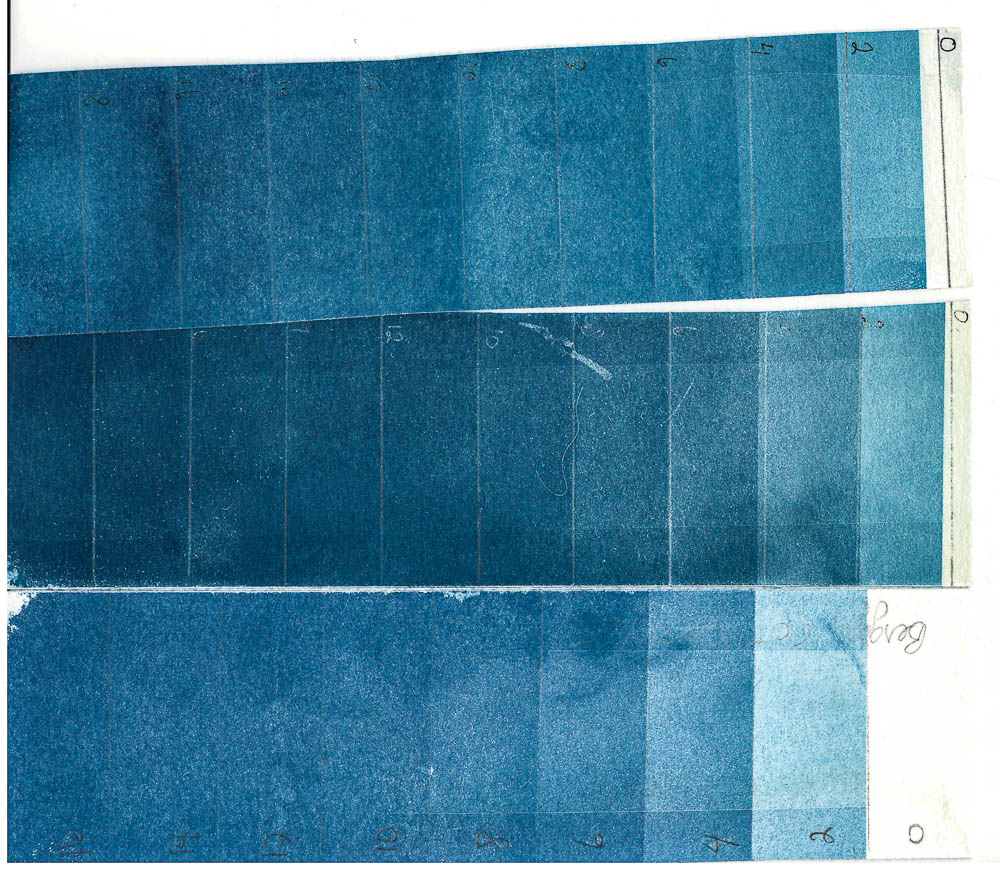Obsessing Over Test Strips
[et_pb_section][et_pb_row][et_pb_column type=”4_4″][et_pb_image admin_label=”Image” src=”http://www.sandyconnolly.com/wp-content/uploads/2015/05/Cyanotype-Process-2-2.jpg” show_in_lightbox=”off” url_new_window=”off” animation=”left” sticky=”off” align=”left” force_fullwidth=”off” always_center_on_mobile=”on” use_border_color=”off” border_color=”#ffffff” border_style=”solid” /][et_pb_text admin_label=”Text” background_layout=”light” text_orientation=”left” use_border_color=”off” border_color=”#ffffff” border_style=”solid”] I don’t know. They’re just not as pretty as the one in the book, so I’ll have to get over it. I did two new test strips today in usual fashion: at the same … Read more

